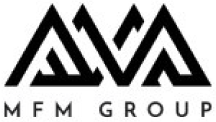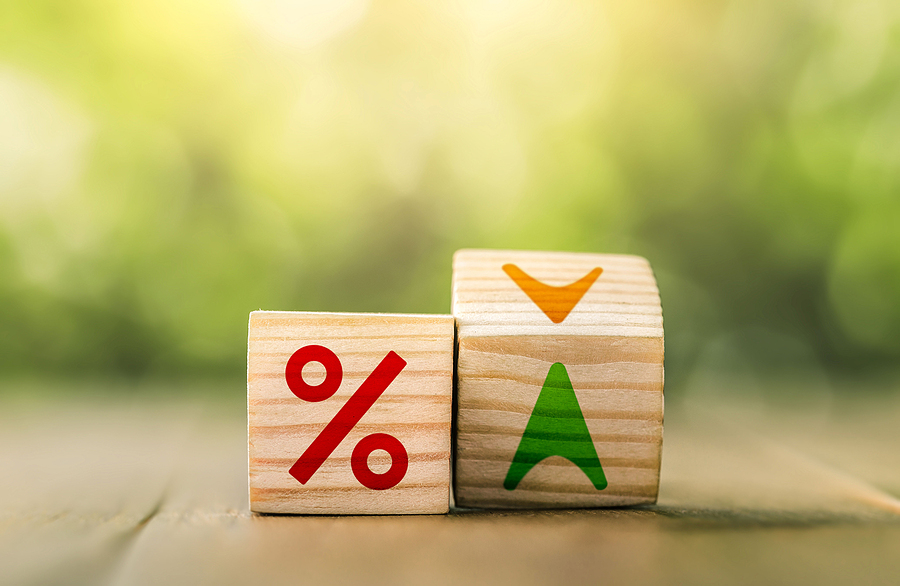The next interest rate decision is shaping up to be another close call as the outlook for inflation remains shrouded in mystery.
The minutes from the Reserve Bank’s June meeting, which resulted in another 25 basis point increase to bring the cash rate to 4.1 per cent, revealed a tight decision between another hike or staying on hold.
The “finely balanced” decision ultimately skewed towards another cash rate increase as the RBA board was faced with a range of factors threatening to push up inflation.
The release of the minutes came as a senior RBA official conceded the unemployment rate likely needed to rise significantly in order to bring inflation under control.
The minutes mentioned the higher-than-expected headline inflation result in April as well as stubborn price growth across services.
The board also raised concerns about wages and prices rising in sync with inflation, with some members noting some firms were “implicitly or directly” indexing prices.
Other factors that tilted the board towards another hike included the rebounding property market, which could buoy household spending, as well as a stabilisation in housing loan approvals.
These suggested financial conditions might not be as tight as previously thought.
Supporting the case for a pause were falling commodity prices and sinking international shipping costs.
There had been little change in medium-term inflation expectations in financial markets, which could help keep inflation expectations contained.
The board noted that the RBA had a history of overestimating wage growth before the COVID pandemic and that productivity could pick up by more than expected.
ANZ economist Adelaide Timbrell said the June minutes were not particularly hawkish.
“Unlike previous minutes, there was no talk of whether further increases were needed,” she said.
The economist said the minutes had “something for everyone”, including upside risks to inflation as well as relative optimism on productivity and labour unit costs.
ANZ economists are still tipping another 25-basis point hike in July following a strong jobs report and comments from RBA deputy governor Michele Bullock on the need to loosen up the jobs market to get inflation back to target.
Ms Bullock said an unemployment rate of around 4.5 per cent was consistent with the RBA’s two-to-three per cent inflation band.
The jobless rate has been stuck well below four per cent for months, coming in below expectations at 3.6 per cent in May.
Ms Bullock said full employment had not taken a back seat to targeting inflation, but it was important to take some heat out of the labour market.
“If high inflation were to become entrenched in people’s expectations, it would be very costly to reduce later, involving even higher interest rates and a larger rise in unemployment,” she warned.
Ms Bullock also said the RBA had been willing to tolerate a longer wait, of until around mid-2025, to bring inflation back to target than some of its international peers in the hope of keeping more people in jobs.
The RBA expects the unemployment rate to rise to 4.5 per cent by late 2024.
Commonwealth Bank economists said the strong May employment numbers were enough to keep the July decision “live”.
CBA economist Belinda Allen said there was a 50-50 chance of another hike, but she noted the May consumer price index and retail trade data would also influence the bank’s final predictions.
Ms Allen said economic data since the June meeting had been mixed, with the national accounts pointing to a slowing economy, and consumer and business confidence levels very low.
“However the May labour force data was stronger than market economists had anticipated, although with the unemployment rate at 3.6 per cent, this is roughly in line with the RBA’s forecast for June quarter 2023,” she said.
Poppy Johnston
(Australian Associated Press)





